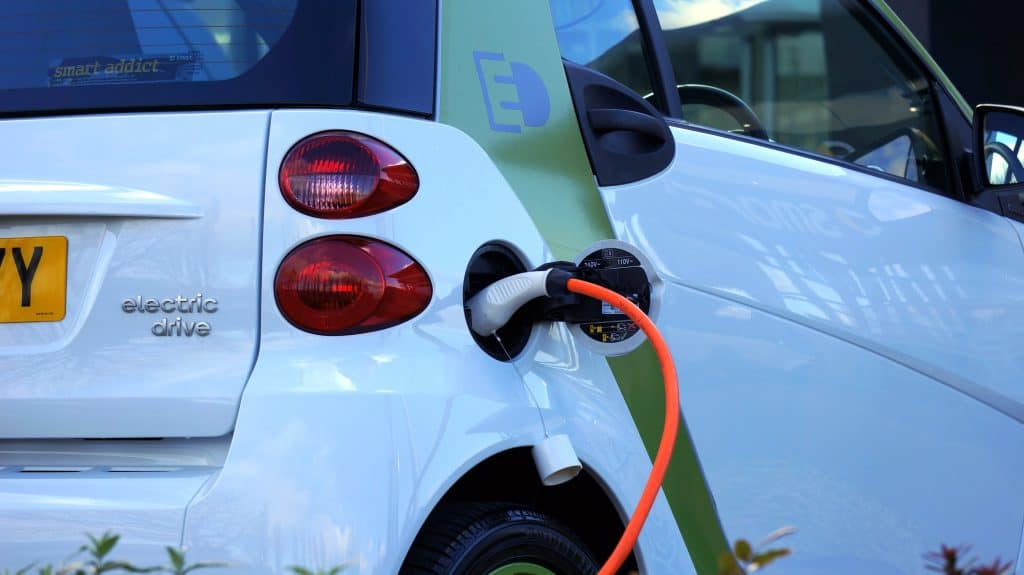
In This Article
Green technology is an all-encompassing term referring to the use of innovative technology to create services and products that are environmentally sustainable. The goal of green technology is to repair damage to the environment while conserving existing resources. A growing sector is attracting more capital investment.
Here are some of the leading green technologies today:
Carbon Capture Technology
Carbon capture technology is important for reducing greenhouse gas emissions from power plants. It captures CO2 from coal plants and stores it in underground chambers to keep it from contributing to climate change.
Numerous companies are adopting the technologies. Additionally, they are also investing in advancing the technology to mitigate climate change. Leading players in the energy sector, like Shell and ExxonMobil, have committed serious resources to advance it. Additionally, they have implemented numerous projects to capture and store CO2 from industrial operations.
Biodegradable Packaging
Many companies are working on alternatives to plastics, a major contributor to polluting the oceans with micro plastics that find their way to dinner plates. These alternatives are grown and used to create sustainable packaging.
A good example is hemp plantations, which produce natural fibers that make alternative plastic materials. There are also plant-based plastics called polyethylene furoate (PEF) made using sugars from wheat, corn, and agricultural residues. PEF is a promising alternative due to its reduced greenhouse emissions. It could find uses in various industries like packaging and textiles.
Nuclear Energy
Nuclear energy is a controversial technology. While it does not produce greenhouse emissions, it presents a challenge regarding waste disposal. However, research into proper storage techniques is ongoing. In general, nuclear energy is crucial to a low-carbon future.
Electric Vehicles

A major greenhouse gas contributor is the car you drive. By swapping it out for an electric vehicle, you can drastically reduce your carbon footprint. A shift to electric cars could ensure a cleaner future. EVs produce zero emissions, which cuts emissions from transportation drastically. They often carry batteries that can power cars for hundreds of miles on one charge. EVs are becoming more accessible—some regions of the world plan to phase out all gas-powered vehicles by 2050. Innovative firms like Tesla are leading the EV adoption with cars that offer a practical alternative to existing gasoline cars.
Wind Power
Wind power has advanced a great deal in the past few decades. It is now one of the most important parts of a carbon-free energy mix. The technology has advanced a lot, making it possible to build wind power stations out at sea, which experience strong winds.
As a technology, wind power could ensure certain regions of the world wean themselves off all carbon-based energy sources. The best part about wind farms is that they can be located in desolate areas, bringing about economic benefits from land that would otherwise lay bare.
Green Architecture
Green architecture refers to buildings that have minimal impact on the environment. These buildings reduce waste and create an energy-efficient space for users. They often have features like efficient lighting, renewable energy systems, proper insulation, etc.
Many large companies have embraced the concept and are investing in green buildings. A good example of this is Apple; its Apple Park is today the world’s biggest naturally ventilated building powered by solar panels. Another example is the Microsoft campus, which has a rainwater harvesting system and a waste-reducing system in place. These companies are helping to show that eco-friendly construction is possible.
Hydroponics

Hydroponics, also called vertical farming, is a green farming technology that ensures the sustainable use of limited space. It entails staking plants on shelves for optimal use of space in a controlled climate. Plants receive nutrients and precise amounts of water to reduce water wastage. Hydroponics ensure farming is possible in cities, which reduces transport costs while reducing greenhouse gas emissions.
Geothermal Heating
Geothermal heating is a green technology that has been around for a while. The technology taps the earth’s natural energy to heat buildings. It entails burying pipes underground, filled with an antifreeze/ water mixture.
The pipes then connect to an HVAC system. Earth’s internal temperature is often constant. During summer, the system eliminates excess heat into the earth, and during winter, it warms up the interior space. A geothermal heating system only uses a small amount of power from the heat pump. Such a system requires little maintenance and can last up to 30 years.
Smart Plugs and Power Strips
Smart plugs and power strips help to cut the power supply to electronic devices when they are off. Most appliances do not completely switch off and continue to siphon a small amount of power. These smart plugs eliminate the phenomenon known as vampire energy consumption.
There is Room for Innovation
Throughout the world, many companies are working on new technologies whose goal is to reduce our carbon footprint. Some of these technologies are already available, while others are still in development. You can research some of the technologies that are readily available to you now to reduce your carbon footprint.



